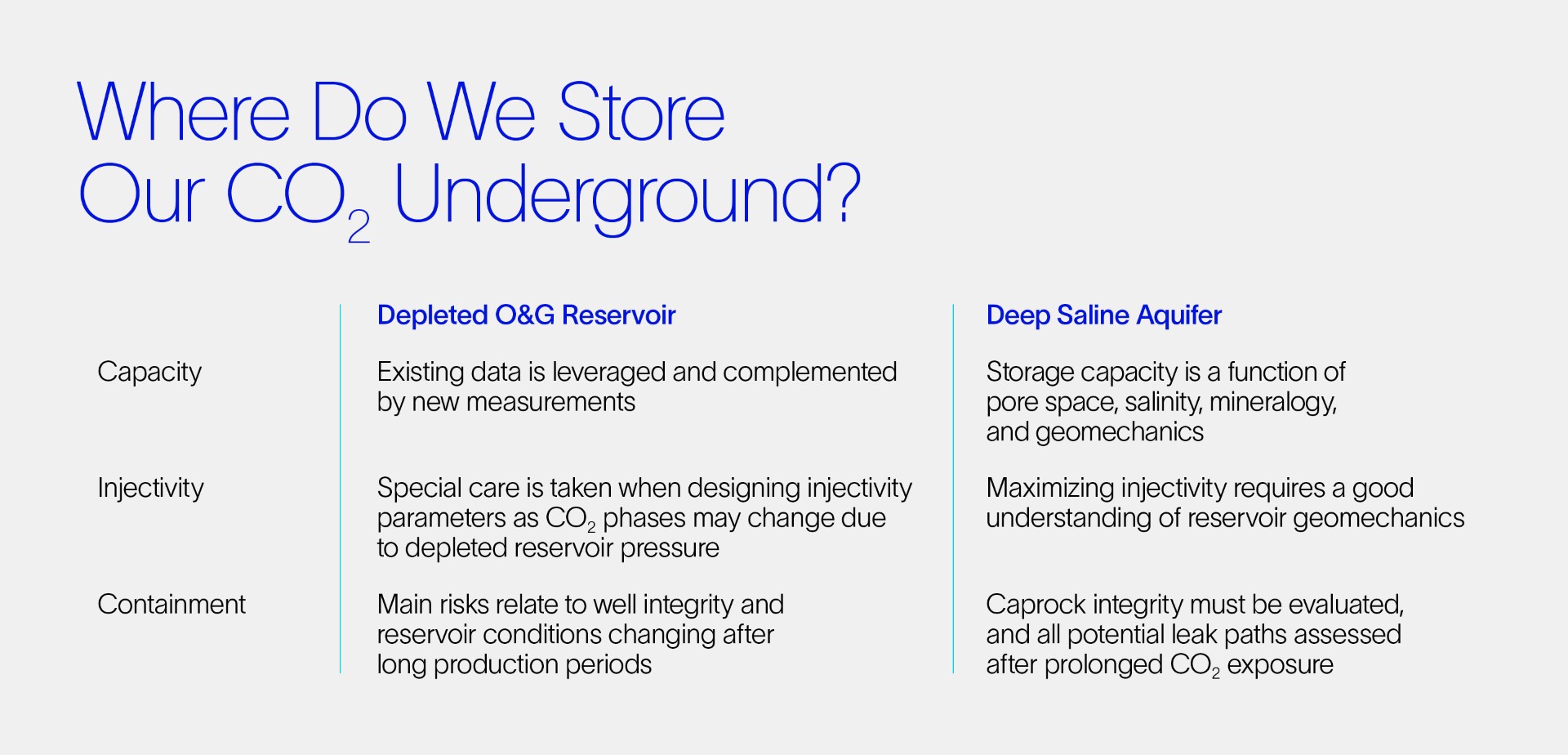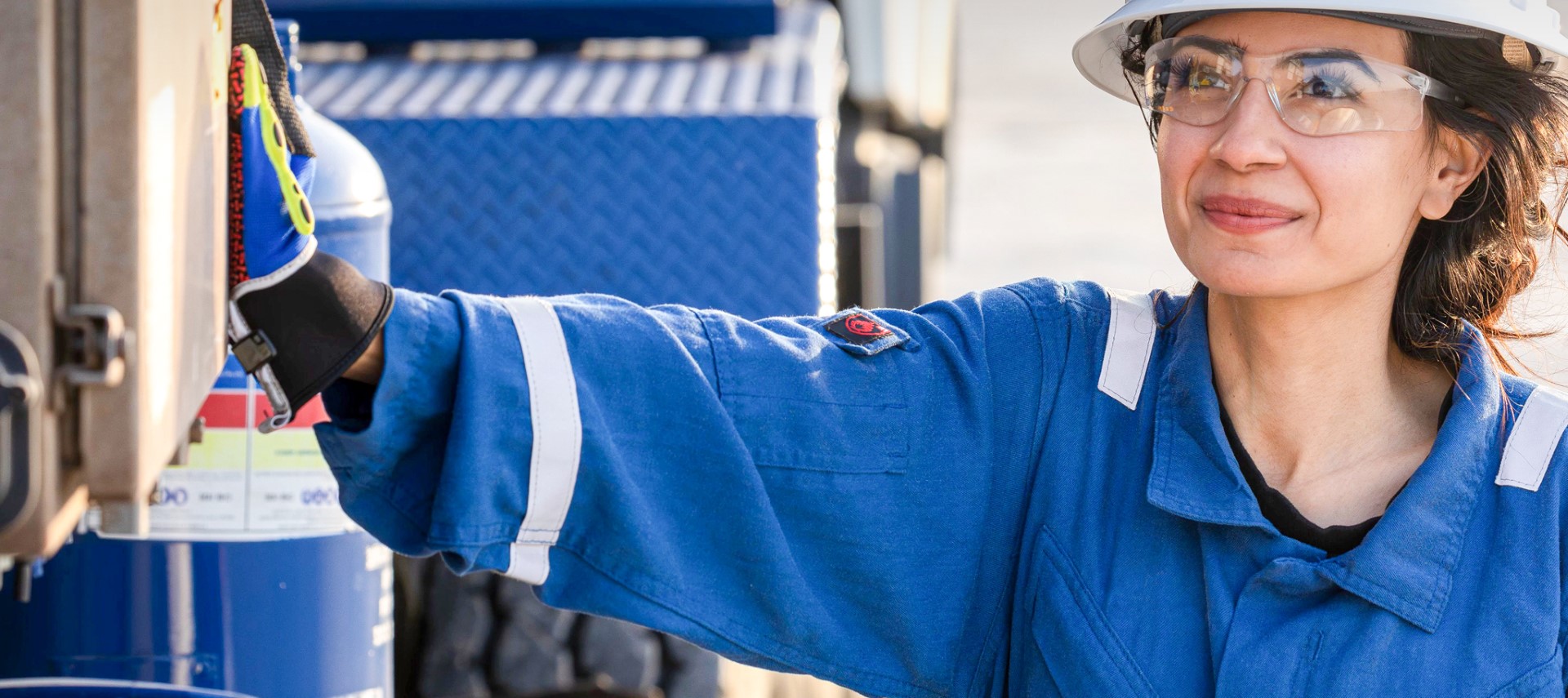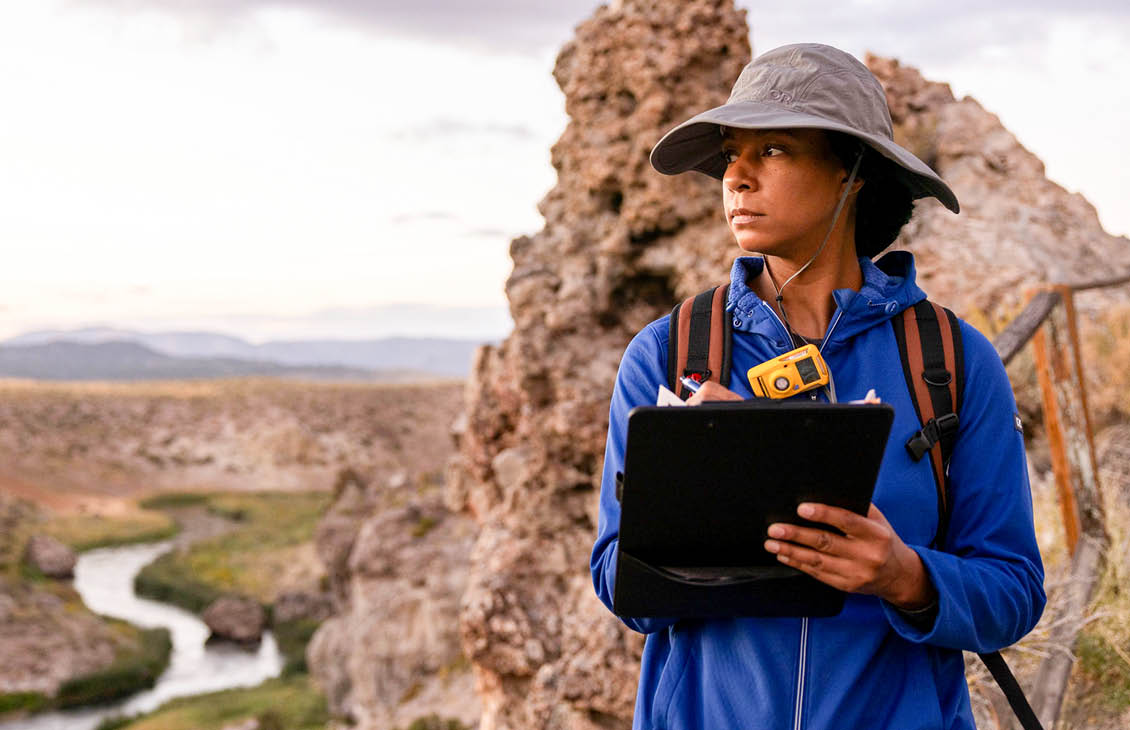Have you ever considered what it physically takes to evaluate a potential site for storing carbon? It requires measuring thousands of feet below the ground to provide insights and answers about places that no one will ever see with their own eyes. To say it’s a challenge would be an understatement, but that’s the beauty of tech—it gives us a window into what lies beneath the surface.
CCS may be considered a popular topic now, giving the impression that it’s more mature in its evolution than it is, but the truth is that the industry is still in its infancy. According to Rystad Energy data, there were 105 operational CCS projects worldwide as of February 2024, most of them being enhanced oil recovery projects through which CO2 is used to improve hydrocarbon productions. Only 23 of those operational projects aim for permanent CO2 storage underground, and out of those, only 10 inject more than 0.5 million metric tons per annum of CO2.
Why the slow progress? Because carbon storage asks for deep subsurface knowledge—knowledge that’s best found with oil and gas engineers and geoscientists who have already guided the drilling of hundreds of thousands of wells. They’re the ones who can achieve intended CO2 injection rates or storage capacities. They’re the ones who can plan for CO2 plume migrations to not deviate significantly from initial models. They’re the ones who can address issues ahead of time, so no further investment (at a greater cost) is necessary.
Storing carbon in depleted oil and gas reservoirs vs. deep saline aquifers
Almost a century of experience in O&G has taught us that, by nature, the subsurface is complex and full of surprises. But how much of our knowledge can be leveraged to develop and manage CCS? To answer this question, it is important to understand the subtlety of difference between a typical O&G field and CCS project.
Carbon storage evaluation is generally concerned with the following three areas:
- Capacity: How much CO2 can be stored in the subsurface reservoir?
- Injectivity: How fast can CO2 be injected safely?
- Containment: How can we ensure the CO2is stored safely and permanently with no leakage?
There are currently only two acceptable approaches for storing CO2 underground permanently. The first is into a depleted O&G reservoir, where hydrocarbons have been depleted after many years of production. The second option is to permanently store CO2 in deep saline aquifers.

At the time of writing, Rystad Energy data also shows that more than 60% of projects under development plan to store their CO2 in a deep saline aquifer. But how do you decide which option is best for you?
What to consider when storing CO2 in deep saline aquifers
When storing carbon in saline aquifers, one of the first analyses involves determining the amount of CO2 the aquifer can hold. The reservoir rock is saturated with saline water, meaning that the amount of CO2 it can house depends not only on the salinity of that water, but also how much pressure can be exerted on the rock and the types of minerals that exist within it. Rock mineralogy can either be measured via downhole spectroscopy tech or by analyzing rock samples obtained downhole (not the easiest task) in the lab to understand their mineral and geomechanics properties. Obtaining uncontaminated reservoir fluid is also important for analyzing its interaction with CO2, and the tech to do so already exists in O&G.
Understanding how fast the CO2 can be injected is the next step. This can be done through various types of downhole injectivity tests, although to be more accurate and representative, performing the injection test with actual CO2 is recommended. This is not regularly done in O&G, but it does reduce the uncertainty of your CCS project.
Furthermore, understanding the target site’s geomechanics is critical as it affects both capacity and injectivity. Should you wish to be confident in your injection parameters, it’s essential that you complement your mechanical earth models with in-situ geomechanics measurements. That way, the injection pressure can be optimized for storage capacity, all while keeping the injection pressure safely away from the reservoir rocks’ breakdown pressure. (This is where the technical experts I mentioned above come in.)
In a typical O&G field, containment is certain once the hydrocarbon is found. The hydrocarbon has migrated for millions of years and is finally “contained” within the geological structure. This is not the case for CCS. Proper assessment of the geological structure is required to ensure containment. This includes assessing whether any leaks could occur through faults or existing wells penetrating the reservoir, and evaluating the downhole sample to ensure that long-term exposure to CO2 will not be detrimental to the containment capacity of the caprock.
What to consider when storing CO2 in depleted oil and gas reservoirs
The main advantage of storing CO2 in a depleted O&G reservoir is the availability of existing subsurface knowledge, along with a good understanding of how a reservoir behaves throughout the production life cycle. This without mentioning the existing infrastructure—both above and underground—which could potentially be repurposed for CCS.
The challenges, on the other hand, are mainly related to containment. Every reservoir-connected well in the depleted field is a potential leak path given that they’re usually not designed for long exposure to CO2. As such, they need to be assessed for well integrity and properly abandoned if required. Rest assured that the tech for evaluating tubing and casing corrosions, along with metal thickness, is quite mature. Solutions for evaluating the cement bond behind single or dual casing strings are now also available.
Additionally, after decades of production, the subsurface conditions may have changed, new fractures may have formed, and faults may have reactivated. (These usually do not affect hydrocarbon production and are, therefore, not monitored closely.) The trap that originally provides containment of the hydrocarbon, for example, may have to be relooked at to ensure it is still suitable for CO2 storage.
To understand this impact, project developers can either
- take downhole core samples and keep them under prolonged CO2 exposure
- create a digital twin of the core and conduct simulations of the rock-CO2interactions.
As for evaluating the site’s CO2 storage capacity and injectivity, it can be done using existing data—provided it is still available and relevant. Initial studies of such reservoirs are generally old, so it’s worth considering new measurements to supplement any gaps in understanding. The drilling of new characterization wells, for example, could be an opportunity to re-evaluate the reservoir, specifically to improve understanding of storage capacity and injection parameters. Just remember to take special care when doing this as the depleted reservoir is likely to have low pressure, thereby complicating the drilling and subsequent storage evaluation.
Due to the reservoir’s depleted pressure, it may not be possible to maintain the CO2 stream in a supercritical phase throughout injection, so the injection design needs to account for these phase changes within both the wellbore and reservoir. A properly planned CO2 injection test provides invaluable understanding of this complex behavior—an understanding required to design the right injectivity parameters.
So, what can the O&G industry do for CCS?
A wealth of existing O&G knowledge is applicable to CCS, however there are still some unique challenges related to storing CO2 underground that have not been fully addressed—which is why project derisking is key. This can be done through carefully planned measurements of subsurface properties that matter for the project. The adage of “measure twice, cut once” is very appropriate here: While modeling and simulation are usually the starting point, direct measurements of reservoir properties (combined with lab analysis of rock and fluid samples) are not just complementary but crucial for minimizing uncertainty.
The world needs CCS to be successful—more than 100 times more successful than it is now, to be exact. Today’s operational projects only contribute around 50 million metric tons of CO2 storage per year, while CCS will need to capture and store around 7.6 gigatons of CO2 annually by 2050 to meet the net-zero roadmap laid out by the International Energy Agency.
Public pressure to government, organizations, and businesses has yielded positive development, where the pledges to increase CO2 storage projects have increased exponentially in the last few years. This is certainly good news, as investment and sanctioned projects are on the rise exponentially. However, it also means that many projects will be starting at the same time, developing in parallel, leaving very little room to iterate and learn from each other.
This is where the oil and gas industry come in. Since many projects will be sanctioned simultaneously, it is important we share our lessons learned and best practices. Our industry will need to raise its collective knowledge and climb through the steep learning curves together. This requires openness from everyone: the organizations involved, the technical community, service companies, as well as project operators.
We'll also see (as in any industry) new tech and innovation drive success and lower costs. Healthy investment in new methods, approaches, and tech will be required to make significant breakthroughs—and it’s up to universities, governments, and the private sector to come together and incentivize that.
Time is running out for the world to reduce emissions and avoid temperature increases beyond the point of no return. The energy industry has a history of being resilient and will no doubt be able to overcome the massive challenges ahead. But time is running out, and the world needs CCS to be successful fast.
As oil and gas experts, it is our duty to play our part. After all, the world is worth it.




